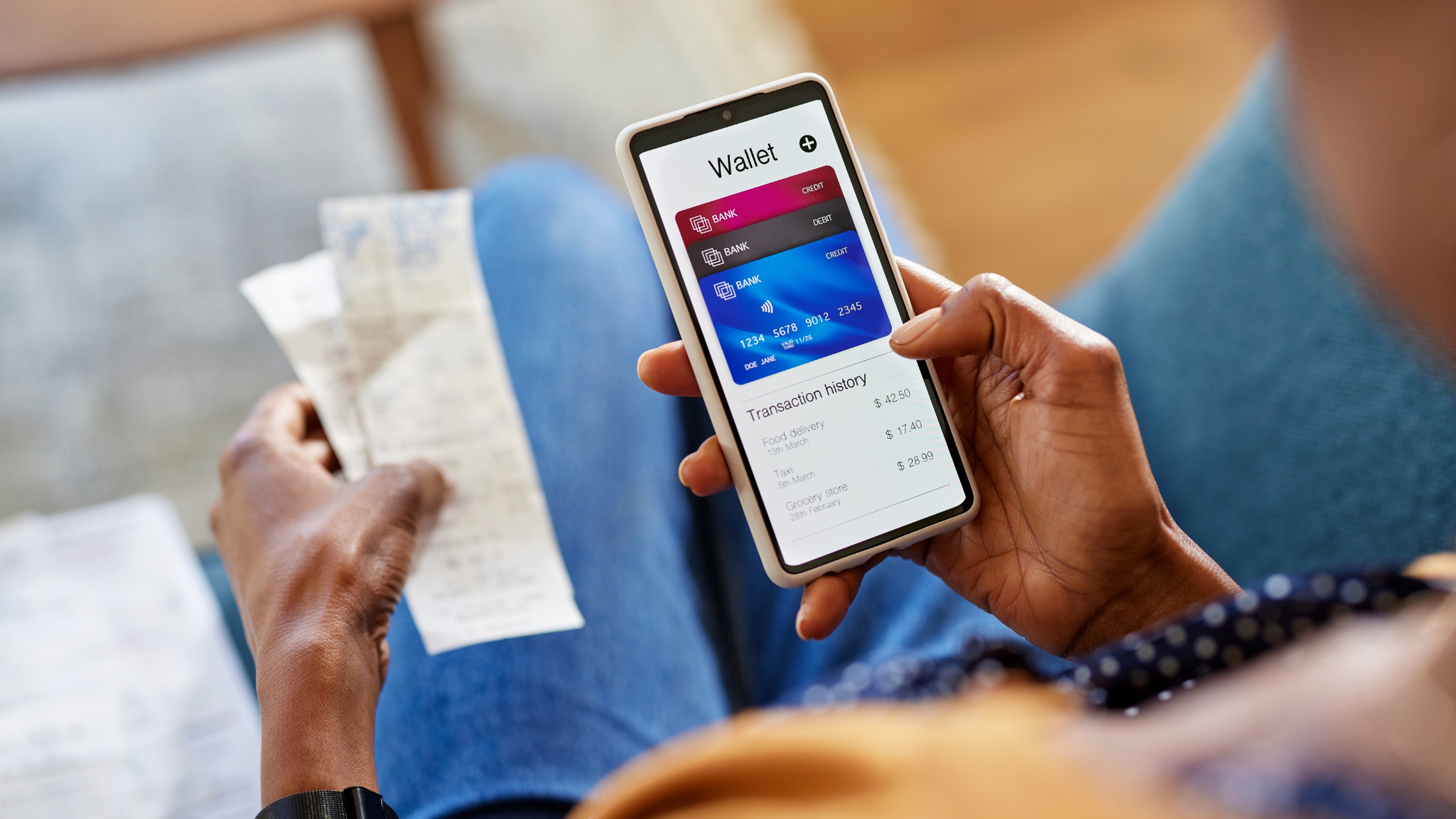In 2024, digital banks continue to rise, drawing in customers with their innovative services. Leading digital banks such as Chime, Current, and Varo
report significant increases in both customer numbers and deposit volumes.
The competitive landscape is intensifying as technology giants and traditional banks unveil their digital banking solutions, including Google Plex, Amazon’s collaboration with Goldman Sachs on Marcus, and JP Morgan’s Finn app.
The number of neobanks has surged from just 12 in 2015 to 300 by 2023, with user numbers expected to hit 850 million by 2030, according to
Juniper Research.
While growth remains a priority, profitability poses a challenge for many. However, some neobanks, like Varo and MoneyLion, are diversifying their revenue streams through lending products and expanding internationally, with key players like Revolut and N26
making global strides.
This relentless expansion signifies a vibrant future for digital banks, as they leverage cutting-edge features to distinguish themselves and foster broader adoption.

Core Innovations in Neobanking
In a landscape devoid of physical branches, neobanks are pioneering a digital-first approach to banking services. Concentrating resources on developing fintech applications, introducing innovative features becomes a primary strategy to attract new customers.
As the sector matures, certain functionalities have emerged as critical.
This article explores these pivotal neobank features, examining their role in transforming the financial services landscape and their value proposition to users, in light of recent industry trends and developments.
State-of-the-Art Mobile Banking Applications
At the heart of neobanks lies their mobile banking applications, which serve as a digital substitute for traditional bank branches. These apps enable customers to execute essential banking operations, including opening new accounts, entirely via their smartphones,
compatible with both iOS and Android platforms.
The process for setting up new accounts is fully digital, streamlining identity verification, account funding, and card activation to mere minutes. Regular banking transactions, such as deposits, transfers, and payments, are conducted effortlessly within
the app.
Peer-to-peer (P2P) and account-to-account (A2A) transfers are instantly processed, facilitating easy money sharing among users. Digital banks also streamline bill payments and remittances, supporting a broad range of currencies for global transactions, maintaining
all functionalities digital.
These
comprehensive mobile apps cater to the digital-savvy user base, prioritizing convenience and accessibility for managing personal finances on-the-go.

Automated Financial Management Features
Neobanks revolutionize personal finance management with automated tools integrated directly within their apps and websites. These tools encompass in-app budgeting templates, expenditure tracking, subscription oversight, and goal-oriented savings features.
Users can customize budgets for various spending categories, with the app alerting them upon reaching predetermined limits and suggesting adjustments to meet savings targets. Automated rules facilitate the transfer of specific amounts to savings accounts
upon receiving direct deposits or after certain transactions, streamlining the savings process. Neobanks also offer functionalities to monitor, cancel, or adjust recurring subscriptions directly from the account dashboard, eliminating undesired expenditures.
FDIC-Insured Accounts and Secure Payment Options
Digital bank accounts, including checking, savings, and other cash management options, are protected by FDIC insurance, offering security up to $250,000 per account. This assurance matches that of traditional banks, with neobanks clearly indicating this
protection within their apps.
Neobanks issue both virtual and physical debit cards, ensuring comprehensive spending capabilities online and in-store. These cards, often Visa or Mastercard-branded, support contemporary features like contactless payments, provide real-time transaction
alerts, and allow for instant card freezing. Reward programs further enhance the value offered by these cards.

Proactive Fraud Detection Systems
Neobanks like Monzo, N26, and Revolut have developed advanced systems for
real-time fraud prevention, issuing instant alerts for unusual transactions and enabling immediate card freezing.
Transaction verification alerts and location-based notifications help in quickly identifying and responding to potential fraud. Neobanks can automatically lock cards following suspicious activities, reducing the risk of unauthorized access. This proactive
approach, leveraging network intelligence and AI, significantly enhances the security of digital banking services.

Continuous Customer Support
A significant advantage offered by neobanks over traditional banking institutions is their 24/7 customer support. This service combines
AI-driven chatbots for routine inquiries with human agents for more complex issues, ensuring comprehensive assistance at any time.
Chatbots provide instant responses to common questions, while more intricate concerns are escalated to live support teams accessible through the app. For urgent matters, such as card loss or account security, customers can also reach support via toll-free
numbers, ensuring prompt resolution.
This blend of technology and human interaction sets new benchmarks in customer service responsiveness and satisfaction in the banking sector.

Emerging and Trending Features
1. Early Access to Direct Deposits: Features allowing early access to direct deposits have gained popularity, providing users with flexibility in managing their finances by making funds available sooner.
Recent examples of direct deposit advances:
-
Chime offers “SpotMe” – up to $200 can be accessed early. If the full direct deposit doesn’t cover what was advanced, members have up to 30 days interest-free to repay.
-
Varo offers advances on recurring payroll deposits of $100-$1000, depending on customer history.
2. Enhanced Savings Account Yields: Digital banks are offering savings accounts with significantly higher interest rates compared to traditional banks, encouraging users to save more by providing better returns on their deposits.
Recent examples of high-yield savings features:
-
HMBradley offers up to 3% APY based on how much the customer increases their savings every quarter.
-
Varo offers up to 2.8% on its “Save Your Pay” automated savings transfers from its checking accounts.
3. Credit Improvement Tools: With tools like secured credit cards and credit builder loans, digital banks are making it easier for users to build and improve their credit scores, catering to those who may be overlooked by conventional lenders.
Recent examples of credit improvement tools:
Chime offers a Credit Builder program where, for a $200 loan held for 12 months, members make $17 monthly payments. Upon completion, the $200 is released to the member, along with an improved credit profile.
4. Accounts for Couples and Teens: Digital banks are expanding their services to include joint accounts for couples and accounts designed for teenagers, promoting financial literacy and management from a young age.
Recent examples of teen accounts:
-
Greenlight, Step, and Revolut Junior allow teens to deposit earned income, manage spending through an app, and learn responsible money management with parental oversight.
Final Word
Digital banks have experienced remarkable growth and innovation, serving over
264 million customers worldwide with deposits exceeding $721 billion. By leveraging technology, they offer unique features that traditional banks cannot match, including faster access to paychecks, higher savings yields, and comprehensive credit-building
tools.
With the digital banking market expected to grow exponentially, these platforms are set to continue reshaping the financial landscape, aligning more closely with the digital-first preferences of consumers today.
- SEO Powered Content & PR Distribution. Get Amplified Today.
- PlatoData.Network Vertical Generative Ai. Empower Yourself. Access Here.
- PlatoAiStream. Web3 Intelligence. Knowledge Amplified. Access Here.
- PlatoESG. Carbon, CleanTech, Energy, Environment, Solar, Waste Management. Access Here.
- PlatoHealth. Biotech and Clinical Trials Intelligence. Access Here.
- Source: https://www.finextra.com/blogposting/25810/must-have-features-for-digital-banks-in-2024?utm_medium=rssfinextra&utm_source=finextrablogs



